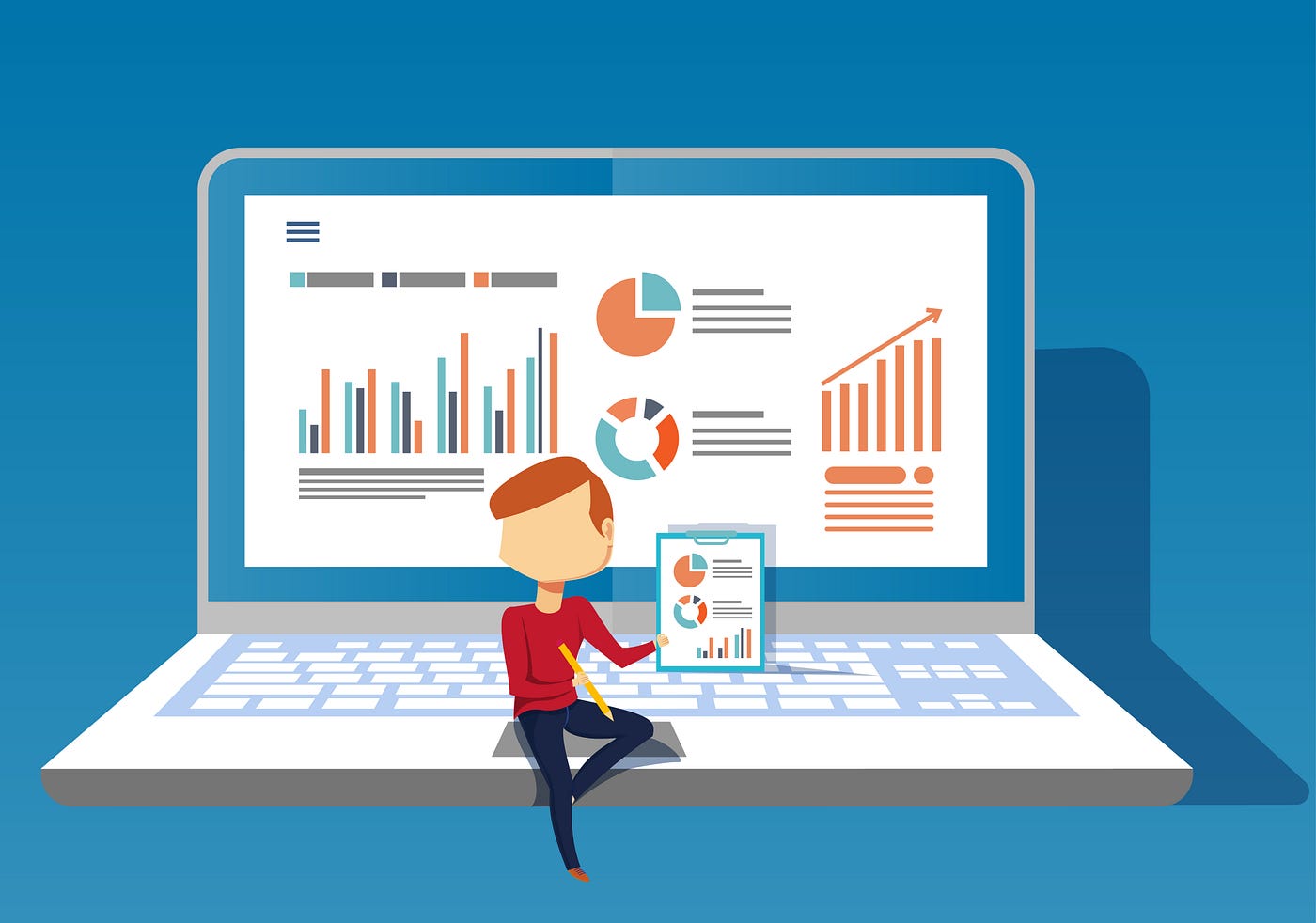Research data analysis techniques are critical because they enable investigators to extract significant insights from data sets to bolster their theories or goals. Research Data Analysis Techniques : Although different organisations , experts groups may approach data analysis in different ways , there is a common definition that encompasses its fundamentals. Refinement , transformation and interpretation of raw data are all part of data analysis , which produces actionable insights that help businesses make well informed decisions. A simple example of data analysis may be seen in the judgements we make on a daily basis , based on historical performance or future projections. We strongly advise enrolling in Physics Wallah Data Analytics Course if you did like to study more about this subject and get useful abilities that will make you stand out in today data driven world. Additionally as a special discount for our readers , take advantage of this course by using the promo code READER.
What is Data Analysis?
The methodical process of examining, purifying, converting, and analysing data with the aim of gaining insightful knowledge and deriving significant conclusions is known as data analysis. There are multiple steps in this process:
Inspection: The preliminary review of data to determine its completeness, quality, and organisation.
Cleaning: Eliminating mistakes, discrepancies, or unrelated data to guarantee precise analysis.
Transforming: Putting data through processes like aggregation or normalisation to put it in a format that can be analysed.
Interpreting: Examining the changed data to find trends, correlations, and patterns.
Research Data Analysis Technique Types
Research data analysis techniques are divided into two categories : qualitative and quantitative methodologies , each having unique tools and approaches. These methods are essential for gleaning significant links, patterns, and insights from data in order to validate theories , encourage thoughtful decision making and produce useful recommendations. An extensive examination of the several kinds of data analysis methods frequently used in research is provided below:
Qualitative Analysis:
Definition of Qualitative Analysis: In order to gain understanding of human behaviour , attitudes and perceptions, qualitative analysis focuses on comprehending non-numerical data , such as ideas , opinions or experiences.
Content analysis is the process of looking for themes , patterns or trends in textual data , such as articles , interview transcripts, or open-ended survey questions.
Analysing personal narratives or stories to comprehend people viewpoints , feelings or experiences is known as narrative analysis.
Studying cultural practices, behaviours, and conventions within particular communities or environments is known as ethnographic research.
Qualitative Analysis:
The quantitative analysis method In order to examine links , patterns and trends, quantitative analysis places a strong emphasis on numerical data and applies statistical techniques. It includes a number of methods:
Analysing Descriptively:
Regularity Distribution: Indicates how frequently a given value appears in a dataset.
Central Tendency: A dataset central values can be inferred from statistics like mean , median and mode.
Dispersion: Variance and standard deviation are two methods that show how widely distributed or variable the data are.
Analysis of Diagnosis:
Regression analysis evaluates how dependent and independent variables relate to one another in order to make predictions or determine causality.
Analysis of Variance or ANOVA , looks at group differences to find noteworthy variances or effects.
Analytical prediction:
Time series forecasting: Makes predictions about future patterns or results based on historical data points.
Machine learning algorithms: Based on patterns found in data , methods such as neural networks , decision trees and random forests forecast results.
Prescriptive Evaluation:
Models of Optimisation: Make use of techniques like as integer programming , linear programming or other optimisation methods to determine the most effective approaches or solutions.
Simulation: Simulates real world situations to assess different approaches or choices and identify the best results.
Particular Methods:
Monte Carlo simulation is a tool used to analyse risk and uncertainty by modelling probabilistic outcomes.
Factor analysis finds underlying elements or components to reduce the complexity of the data.
Cohort analysis is the process of tracking particular groups or cohorts over time in order to identify patterns , trends or behaviours within them.
Using similarities or other characteristics , cluster analysis groupings or clusters of things or people.
Sentiment analysis is the process of extracting sentiment , feelings, or opinions from textual data using machine learning and natural language processing techniques





